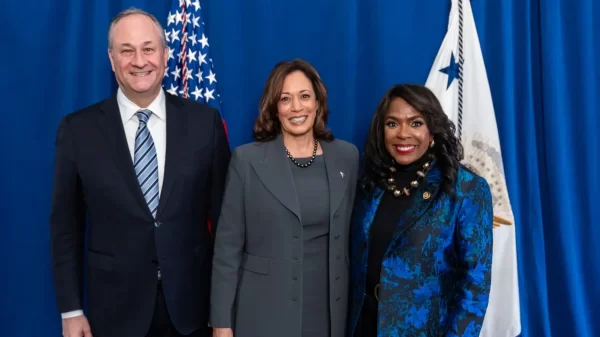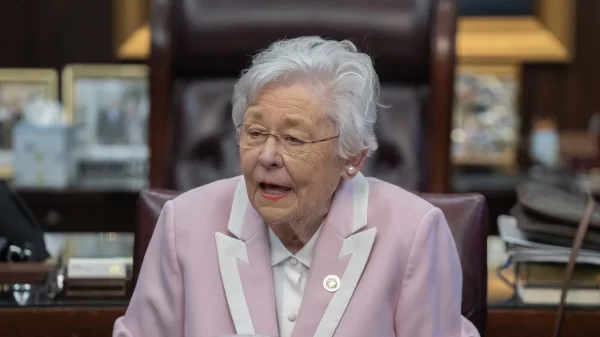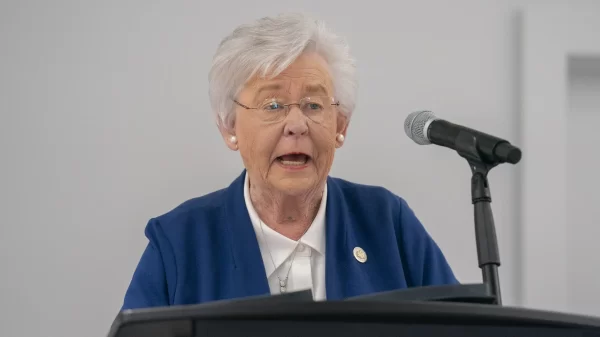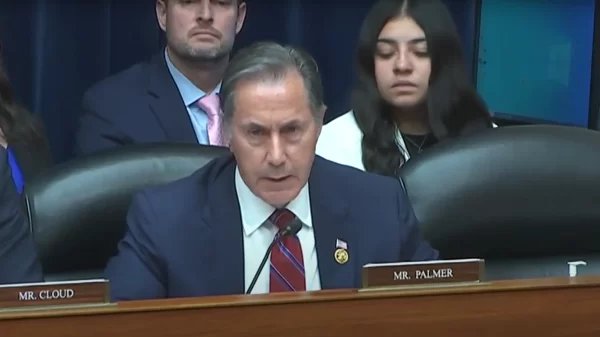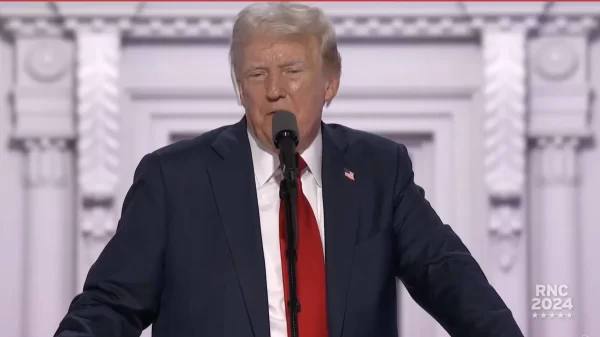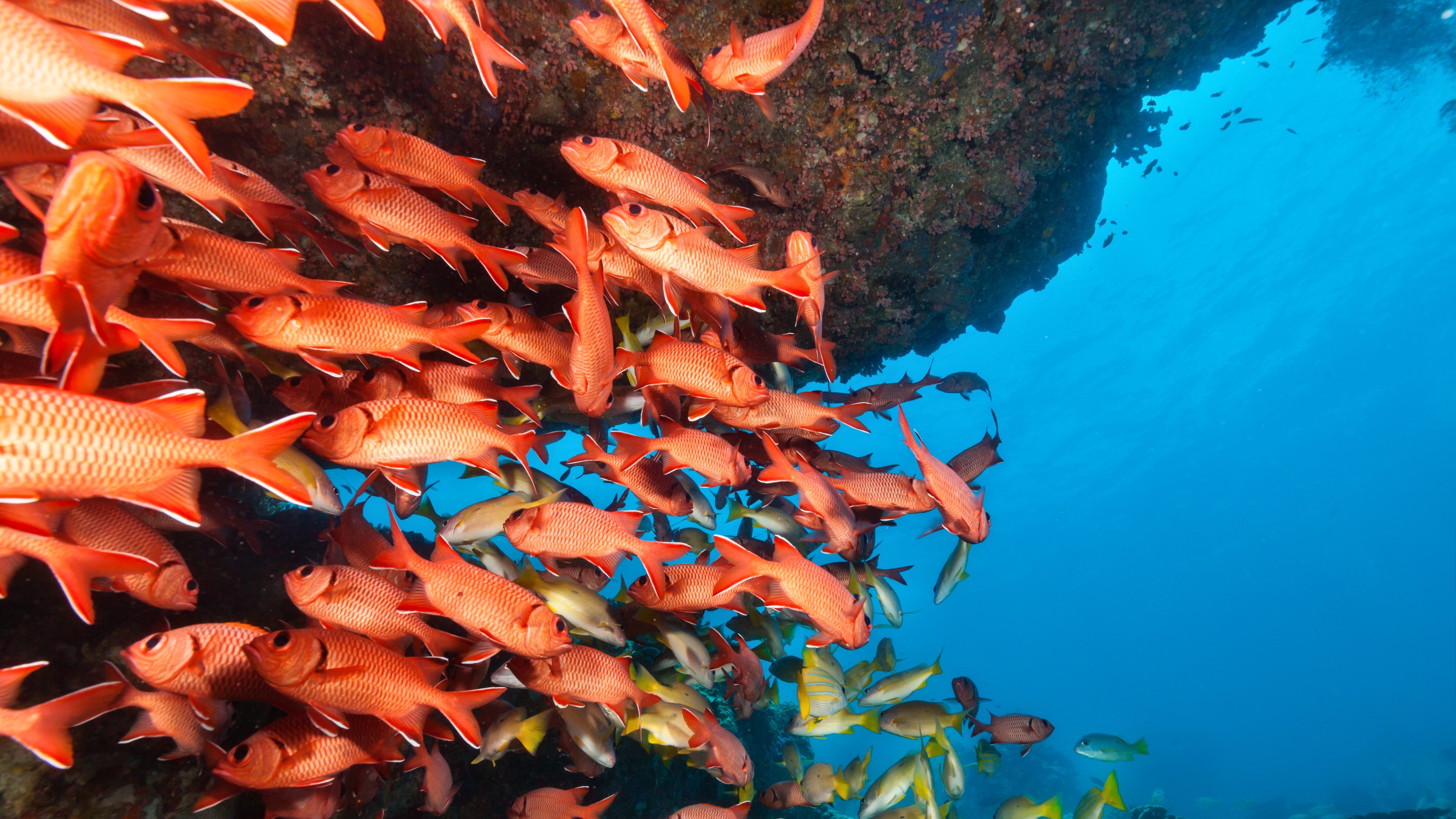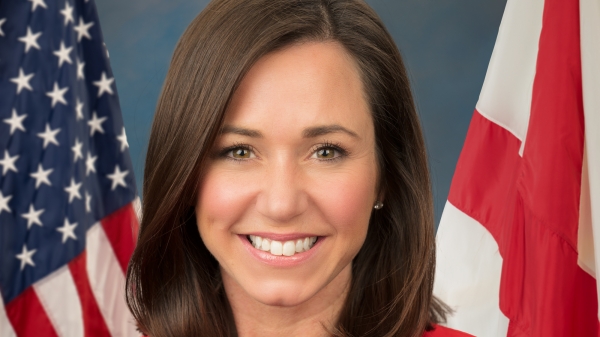Eighty scientists were given the task of calculating how many Red Snapper actually live in the waters of the Gulf of Mexico. Their mission took three years and days upon days of underwater Red Snapper footage. The results are in, and they calculate that there are more than 110 million Red Snapper in the U.S. waters of the Gulf of Mexico alone.
This is much higher than what the federal government had previously believed, but according to original reporting by Alabama Outdoors’ David Rainer, this likely will not result in larger Red Snapper quotas for Alabama fishermen in the 2021 fishing season that begins shortly.
The finding is the culmination of an unprecedented new population assessment led by the Harte Research Institute for Gulf of Mexico Studies at Texas A&M University-Corpus Christi. Previous estimates by federal fisheries officials had put the population at about 36 million Red Snapper. The greater estimate is mostly attributed to a major new discovery of a “cryptic biomass” of fish caught over the uncharacterized open bottom habitat in the Gulf.
“The Scientific and Statistical Committee is the science advisory panel for the Gulf Council,” said Scott Bannon, director of the Alabama Marine Resources Division. “The purpose of the meeting was to review the Great Red Snapper Count, provide feedback and decide if it should be used in the interim analysis for red snapper this year and how it should be applied.”
“The committee voted on whether that data was the best science available for setting the overfishing limit,” Bannon said. “They voted that in. The number they chose for the overfishing limit was 25.6 million pounds. The Magnuson-Stevens Act states that you cannot exceed that overfishing limit or immediate changes will have to be implemented to prevent overfishing.”
Bannon said the previous overfishing limit was set at 15.5 million pounds, so the new recommended overfishing limit is a 10.1 million-pound increase. The committee then recommended that the acceptable biological catch be set at 15.4 million pounds, which Bannon vigorously questioned.
“That’s a 10 million-pound difference from the overfishing limit,” he said. “That’s a 44-percent buffer, which I’m disappointed in. That is relatively unheard of in fisheries management. I am pleased with the recommended increase in the overfishing limit. I’m not pleased with the acceptable catch.”
The SSC report will go to the Gulf Council and will be discussed at the next council meeting, set for April 12-15 via webinar. The Gulf Council will then set the annual catch limit for allocations among the five Gulf states for the 2021 season.
“With only 300,000 new pounds available, that’s a negligible increase,” Bannon said. “That increase would potentially be applied to all of the sectors – commercial, charter and private anglers.”
Another hurdle for private anglers is NOAA Fisheries is pushing that the catch data from the Marine Recreation Information Program survey and state reporting systems be “calibrated,” which could significantly impact Alabama’s quota and reduce the number of fishing days for private recreational anglers.
“Our goal is to avoid calibration,” Bannon said. “With calibration, Alabama and Mississippi allocations would be cut in half.”
Under calibration alternatives, Alabama’s quota for red snapper could go from 1.12 million pounds in 2020 to just 547,298 pounds in 2021.
“Naturally we didn’t agree with that,” Bannon said. “NOAA Fisheries said that was going to be required because the fishery may have met the overfishing limit in 2019. The catch for 2019 barely exceeded the 15.5 million-pound limit by 150,000 pounds. That is Gulf-wide in all sectors, including private anglers, for-hire and commercial, but with the new Great Red Snapper Count data, whether there was overfishing at all in 2019 is in question.
“Our goal at the upcoming Gulf Council meeting is to postpone any calibration until the Great Red Snapper Count is fully integrated into the stock assessment so that Alabama and Mississippi would fish at the same level we’ve fished for the previous couple of years under the EFP (Exempted Fishing Permit) and state management, which is around a million pounds.”
The MRIP surveys have considerably overestimated red snapper catches compared to Alabama’s Red Snapper Reporting System, known as Snapper Check.
“We say we landed about a million pounds, but the MRIP survey says we landed about 2.5 million pounds,” Bannon said. “We have a monitoring program that we feel is accurate, and we are harvesting at a sustainable level. “The Great Red Snapper Count says there are 10 million red snapper off the coasts of Alabama and Mississippi. We’re not getting the access to those fish that we would like. Across the Gulf, the count says there are 110 million fish, so no state is really getting the access to the fish we think they should.”
The Great Red Snapper Count was authorized by legislation sponsored by U.S. Senator Richard Shelby, R-Alabama. The purpose of the Great Red Snapper County was to provide $10 million for an independent survey of the red snapper population in the Gulf so that we would finally know how many fish are actually there.
“It was designed to look objectively at the red snapper abundance in the Gulf,” Bannon said. “It counted fish that are two years and older. The scientists developed a plan that utilized cameras, acoustic arrays and a robust tagging program. They actually identify fish. They see them, count them and get size estimates with lasers on the camera equipment.”
The scientists surveyed natural bottom, artificial reefs and uncharacterized bottom. The uncharacterized bottom had no structures or vertical relief. Surprisingly, the surveys found far more fish on the uncharacterized bottom than expected.
At the upcoming Gulf Council meeting, Bannon said any council recommendations could be overruled by NOAA Fisheries, but he plans to make the argument that the alternative plan of no action on calibration is the proper choice.
“We are not in fear of overfishing,” Bannon told Rainer. “The overfishing limit is now 10 million pounds higher, so if we sustain the level we’re fishing, we’re not going to get anywhere near the overfishing limit. I am disappointed in some of the decisions made by the SSC. We have an objective assessment done by more than 20 experts in the field that says there are conservatively three times the number of red snapper, but we’re not seeing the benefit of that. The SSC decisions only apply to 2021. This will give the scientists more time to review the Great Red Snapper Count in depth, make some minor changes, and hopefully it will be incorporated into the next red snapper assessment that will conclude in 2023.”
“I will assure the anglers of Alabama that we’re not trying to take away any fish from other states or any sector, but we’re going to try to ensure that private anglers have the access that they should to this abundant resource,” Bannon said.
The SSC has recommended cutting the red snapper fishing limits despite the information gleaned from the Great Snapper Count. Alabama State Auditor Jim Zeigler is an avid angler.
“This is exactly the kind of irresponsible action that shows the need to get Alabama totally out from under federal regulation and to control our own fishery,” Zeigler said.
Auburn University and the University of South Alabama were among the institutions that participated with the Harte Research Institute in the Great Red Snapper Count.
Alabama has a spectacular diversity of hunting and fishing resources for citizens and guests to enjoy.



